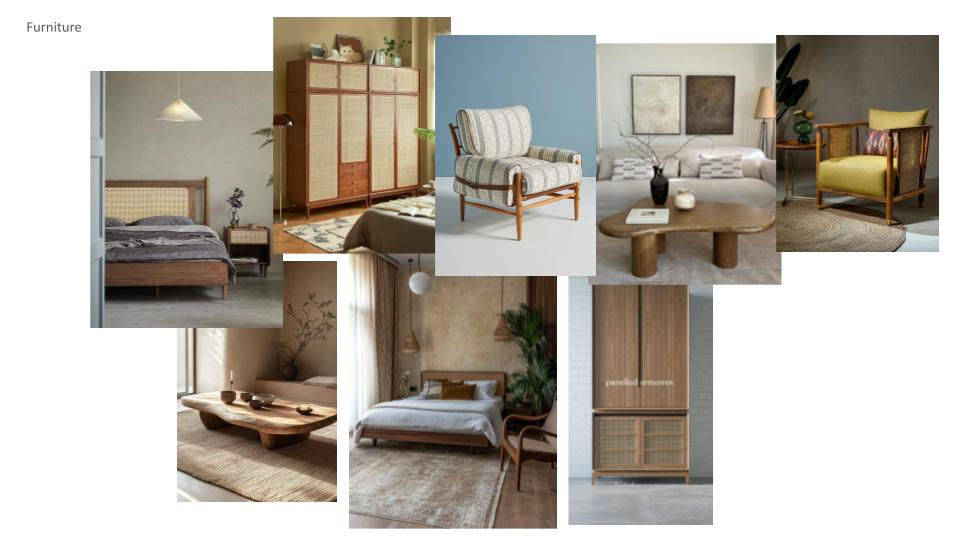Sound in Architecture
- Dipti Bhaindarkar, Dhruv Sachala, Dhanvi Shah
- Nov 10, 2020
- 3 min read
Technology Module, A18 Batch
Mentors : Dipti Bhaindarkar | Gauri Joshi
-Dipti Bhaindarkar, Dhruv Sachala, Dhanvi Shah
The objective of the module was to conduct experiments in measuring, reading and experiencing sound inhabiting spaces, and to understand the experience of varying intensities of sound. The module attempted to create associations of numerics to respective sensorial experiences to comprehend sound. Students analysed the inhabitations for sources and intensities of sound levels.
“Hearing Architecture”, a chapter by Steen Eiler Rasmuseen opened up concepts about the architecture of sound and provided with a wider perspective to think through this idea of acoustics in architecture. In this current lockdown state due to the COVID19 pandemic, the field was the immediate surrounding – the self and the house which one inhabited. Each student was measuring the sound levels in their own homes. These sources were analysed together for the sound levels, their context and the activities around them. Each space thus could be clearly read through the experience of sound and hence the resultant interaction and engagement. The proportions, scale, porosity, materiality of the space further articulated these engagements.
Project by Dhruv Sachala
Sound reflects and gives an impression on a form or a material. We studied our own houses, where I mapped the decibel levels of different spaces like the kitchen, hall and the veranda of my houses at morning, evening and night which helped me understand how the acoustics affect my experience inside my house and also how active are spaces in response to the acoustics at different times of the day.
This helped me understand how spaces can articulate acoustics due to difference in materiality and volume.
Project by Pooja Dalal
I experimented with various sound-producing objects which are used on a daily basis in our household like washing machine, mixer etc and calculated the decibels and also saw how they change my experience of space throughout the day. The external factors were also taken into consideration and how it produced sound in the internal spaces of the house.
Project by Rishabh Chajjer
I experimented with various factors that affect the acoustics of a space such as the building materials, quantity of objects in that space and external sounds. Also observed that the Interior decibel levels in summer are quite higher than the exterior, most of the time due to sound created by electrical appliances, except for the morning time when the streets are full of vendors. When I compared the overall sound analysis of Pali, Rajasthan and Mumbai, Maharashtra during the lockdown, I deduced that Pali has comparatively higher decibel levels in the interiors and Mumbai has higher decibel levels in the exterior. This analysis helped me to further take design decisions through the aspects of materiality and scale.
Project by Smit Lakkad
Sound plays an important role in one’s spatial experience, in this acoustics module, we were exposed to various qualities of soundscape within the microenvironment of our surrounding. I derived my own method to understand various levels of sound, not only in numbers but through experiences in the form of illustrations which shows my observations, spatial experiences and the soundscape I am surrounded by. The lockdown added a layer of contrasting environments which aided to understand the different intensities of the sound of our microenvironment. Perceiving sound travelling through different materials and various volumes leads us to a clear understanding of its role in our day to day living.
Project by Shreya Mehta
Sound is a spatial event. Every built space can modify, reflect, reverberate and enhance the sound produced within it. I learnt about different qualities of sound and how we need various types of designs and materials to deal with these sounds. I experimented and recorded everyday mundane sounds like the interactions with family, horns from vehicles, ambulances throughout the day and showed them in the form of a comic called ‘The quarantine routine’.
Project by Sharvari Raut
In the process of analysing the internal and external soundscape of the house, I learnt that the amount of sound produced can change the experience of how I perceive the space with respect to the surroundings. The environment consists of animals, birds, weather sounds and also sounds created by various human activities. Due to the merging of too many sounds in the surrounding, there’s a broad band of sounds with softer sounds of birds, animals, wind and harsher sounds of warning bells, horns, ambulances (which increased in the pandemic) and distant voices of people. The noise levels vary throughout the day which makes the surrounding pleasant but also disturbing at times.
Project by Dhanvi Shah
Project by Sakshi Sawant

Project by Neel Shah

Project by Neel Shah
Project by Diwakar Motwani
Project by Samruddhi Pawar









































Comments